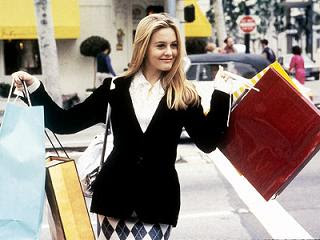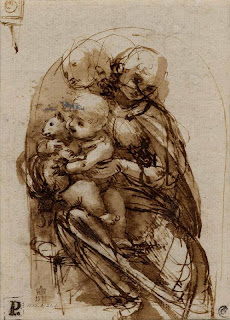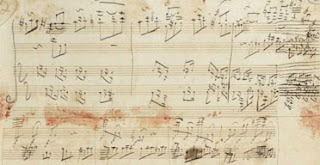 About a week ago I finished the 3rd draft of my mess-in-progress. Maybe it’s my imagination, but do I hear a collective groan? Or is it just that I sometimes feel as if five years from now I’ll be announcing the completion of the 327th draft or thereabouts. Because sometimes–and particularly with this story–I wonder if I’m just repainting the Golden Gate Bridge one more time.
About a week ago I finished the 3rd draft of my mess-in-progress. Maybe it’s my imagination, but do I hear a collective groan? Or is it just that I sometimes feel as if five years from now I’ll be announcing the completion of the 327th draft or thereabouts. Because sometimes–and particularly with this story–I wonder if I’m just repainting the Golden Gate Bridge one more time.
 A happier metaphor for my writing process involves skiing. When I’ve been to ski resorts with friends, most of them like to try as many different slopes as possible. Once they’ve gotten down a slope in one piece they feel they’ve “conquered” it. Me, I like to keep at it until I get it “right”. The first few times I’m just trying to figure out the fall line, where the ice patches and moguls are, etc… Once I’ve done that, I can approach it with confidence and something I hope approaches grace.
A happier metaphor for my writing process involves skiing. When I’ve been to ski resorts with friends, most of them like to try as many different slopes as possible. Once they’ve gotten down a slope in one piece they feel they’ve “conquered” it. Me, I like to keep at it until I get it “right”. The first few times I’m just trying to figure out the fall line, where the ice patches and moguls are, etc… Once I’ve done that, I can approach it with confidence and something I hope approaches grace.
With my writing it’s the same. Unlike other creative people who start a project–which could be a novel, a sweater or a computer program–in a spirit of fun and adventure, I’m always worrying about failure. I know, I’m a wimp! So it takes me 2-3 drafts to get a good feel for my characters and plot. Then comes my favorite part of the process: putting it all together, polishing until it feels right. And I’m finally there. 🙂
Anyway, I’m not saying that others don’t do a good job with finishing and polishing. Professionals do all the parts of the process, even those we find scary, tedious, unpleasant or whatever. It’s just that we all have our favorite parts.
So how about you? Do you enjoy starting a project of any sort? Or do you prefer the final stages, when it all comes together? How about the messy process in between? Or do you enjoy it all (in which case I’ll try not to be too envious)?
Elena
www.elenagreene.com








